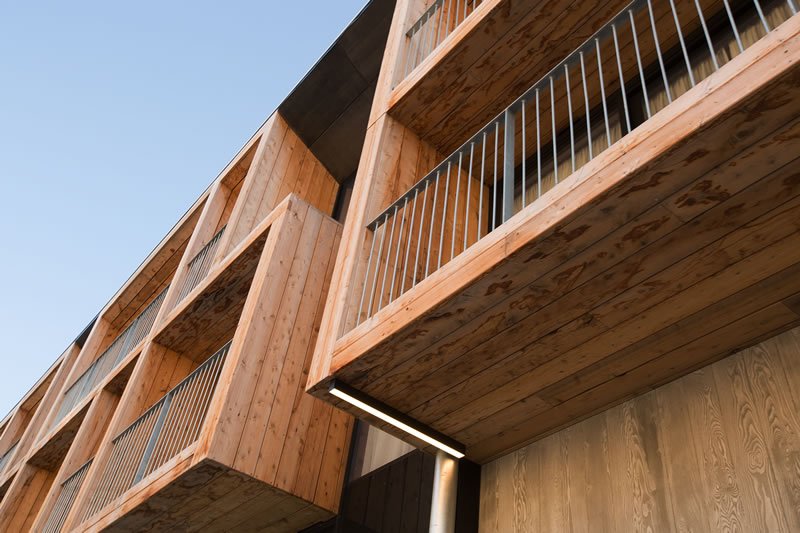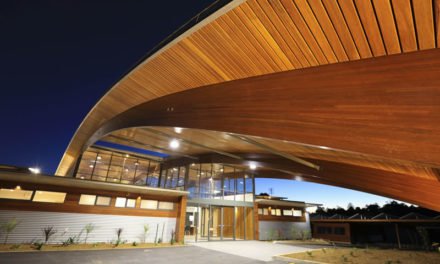Life is fragile enough without poorly engineered decks.
I found myself outside Oslo Royal Palace two years ago. It has a grand processional arena 300m long that leads up the hill to the castle. Minding my own business, I watched a family with a stroller and German shepherd pause at the steps at the top of the hill. All turned their back on the pram and the dog, revealing that the dog was in fact tied to the pram by a lead.
You might guess where this is going; with none of the party watching, the dog decided to trot downhill on his own, towing the pram. Soon the pram picked up speed and overtook the dog; he had to gallop just to keep up.
I don’t know how to yell, “Watch out, your dog is kidnapping your baby!” in Norwegian. So, the only thing for it was to sprint after the wayward pair.
About 50m from the family, I intercepted the pram front-on whilst the dog came to a whiplash halt. You have never seen a baby with eyes as big and as round as I did that moment.
The family caught on to the caper soon enough so that they didn’t think I was stealing their dog and child. I didn’t understand what they said to me in animated Norwegian, but I presume it was an effusive thanks!
I’ve come across a few life-or-death situations in my time and, like the pram escapade, they have generally come out of the blue. About 10 of them involved my life at risk, but on occasions it’s been others. Among them, I’ve been to several deck collapses (not anything I’ve designed). Fortunately, each one just resulted in injuries and no deaths.
So, in a nod to this reality, the National Construction Code (NCC) now has a very detailed set of requirements for the attachment of decks and balconies to external walls of houses.
Pretty much the most likely way that a building is going to kill someone is a deck collapse. There is a combination of occasional very high real loads (typically a teenage party), a structure with little or no redundancy (that being alternate load paths should one member or connection fail), and the effects of rot and corrosion from exposure to the weather.
There can’t be a much more difficult and tedious task than reading the National Construction Code (formerly the BCA). I think I’d rather be forced to eat brains, watch Home and Away or wear a velour skivvy (again) than read through the whole document.
It’s just incredibly complicated to read. There are lots of cross-references and the meaning of a clause often hinges on definitions and subclauses and exceptions and variations to the subclauses.
I try and stay away from it, but recently I was looking for something in the NCC and, by chance, I came across this new section about the support of decks to the house structure.
It runs over five pages, has a gazillion limitations and requirements for the ‘deemed to comply’ fixings. I can probably save you the effort of reading through it – you can be pretty certain that whatever you’ve done to date doesn’t comply.
Certainly, fixing to brickwork is out. When fixing to a timber frame then the members you are connected to have to be 100mm thick… as if. A minimum wailing plate size is 190 x 45mm, deck spans over 3m are out, and fixing to walls with openings under is a no-no. Add any number of additional limitations and requirements and the chances of the ‘deemed to comply solution’ being applicable to the house you’re looking at are very slim.
So, if you can’t face-fix to the structure, what can you do? Either the deck structure has to run through the wall cladding and sit on the house structure or it needs to be supported independently – that is, with posts up against the house wall.
Running the deck structure into the house envelope presents significant waterproofing challenges. It would take good architectural detailing and a particularly diligent builder to get it right – and those two things rarely coincide. The alternative of planting posts against the house looks rubbish and so you’re going to have clients jacking up against it.
Personally, I’m pleased that these new provisions have arrived. They are just bringing everyone up to speed pretty much with what I’ve been saying for years, which will make my life easier. As well, in many cases you are going to need an engineer. And that’s all good by me!
And, by the way, fewer people are going to die when they weren’t expecting it.
In a life and death moment that literally ‘came out of the blue’, I had my newborn baby lying on a blanket on the grass. She was born eleven weeks premature and so was still very small when she got out of hospital, maybe 3kg at the time. I was nearby, with my mind on some engineering calculations, when out of the corner of my eye I caught a shadow. Slowly, majestically even, an eagle cruised overhead at about a 10m height. It started to wheel around; eyes fixed on its baby prey.
If you think about it, you’d know that I must have got there first. There is no way that anyone would believe that an eagle took my baby. I’d still be in jail.
Paul Davis is an independent structural engineer managing his own consulting firm Project X Solutions Pty Ltd. The views in this column are Paul’s and do not reflect the opinions of TimberTrader News. Phone: 02 4576 1555, email: pauldavis@timbertradernews.com












